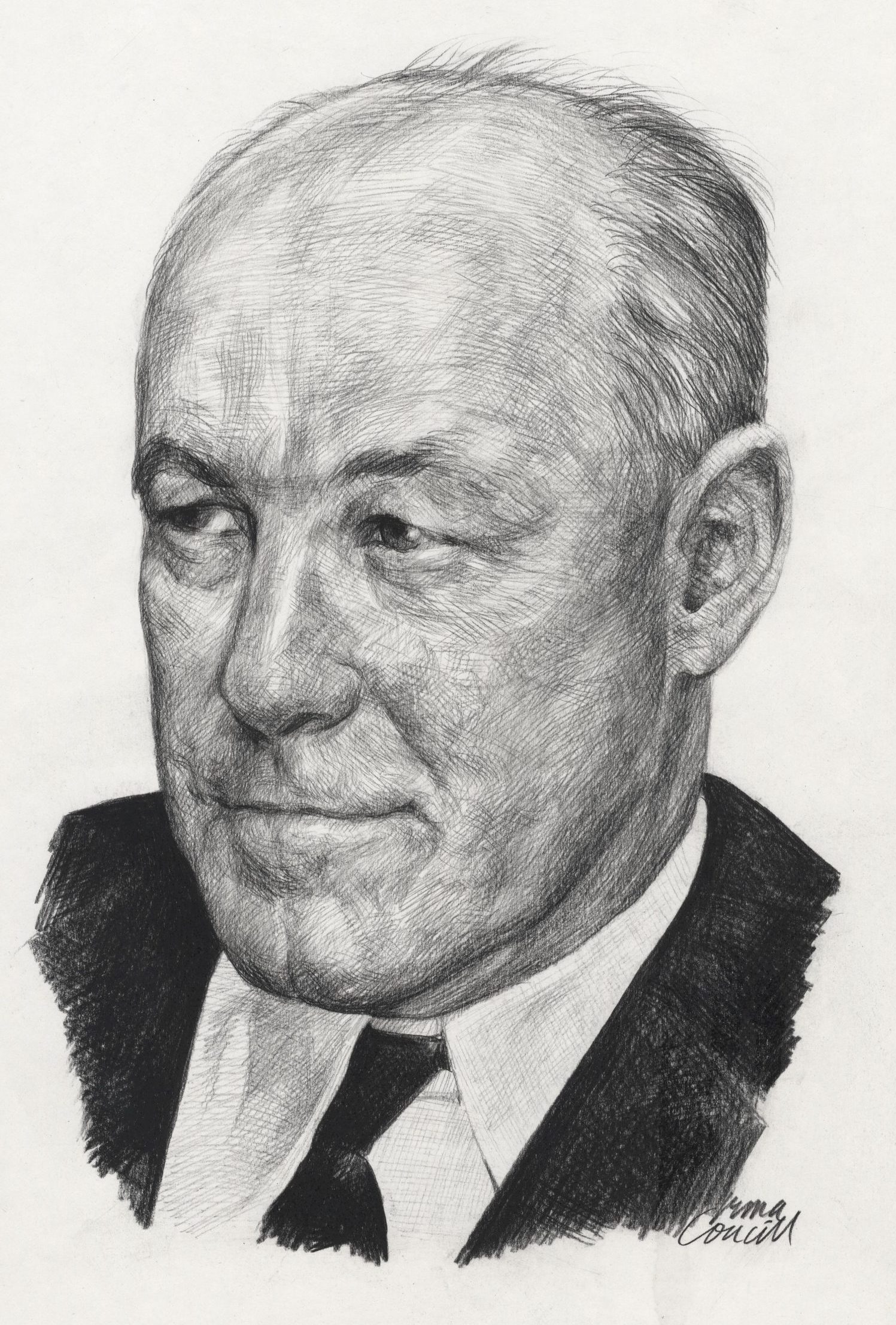Albert Edward Hutt

Birth Date: January 30, 1901
Brith Place: Halton, Ontario
Death Date: April 27, 1990
Year Inducted: 1992
A pioneer in the field of aircraft maintenance and engineering at a time when there was only his knowledge and integrity for guidance, his lifetime of excellence provided an example for all who followed, thus benefitting Canadian aviation
Survey Camera Operator
Albert Edward Hutt was born January 30, 1901, in Halton, Ontario, and in 1917, at the age of 16, he joined the Royal Flying Corps in Canada as an engine mechanic. As heated hangars and instructional facilities were lacking, the squadron was transferred to Texas for initial training. When the war ended in 1918, a number of the early airmen were absorbed into a Canadian Government body called the Canadian Air Board, which in 1920 administered three sections: Civil Aviation, Flying Operations, and the Canadian Air Force (CAF).
In the early 1920's the CAF was carrying out aerial surveying and mapping of the Rocky Mountain areas west of Calgary, Alberta. Hutt was one of the survey camera operators on these flights. While serving as an engine mechanic on their Rolls-Royce powered de Havilland DH-4 aircraft, he designed and built one of the earliest engine test stands.
The Ontario Provincial Air Service was formed in 1924, and Hutt joined them as a mechanic/aerial photographer, doing aerial survey work and fire patrols with Leigh Brintnell and T.W. Tommy Siers. In Curtiss HS-2L flying boats, they carried out survey flights over unmapped territory as far afield as Hudson Bay.
Western Canada Airways
In 1928 Hutt was hired by James A. Richardson for his company, Western Canada Airways. He worked as manager of the company's Brandon Avenue Shops at Winnipeg, under Tommy Siers, who was the Superintendent of Maintenance. Hutt was responsible for the repair and overhaul of a fleet of 45 aircraft comprised of 14 different types that used 9 different makes or models of engines. His solutions to complex problems became legendary. When the Junkers JU-52 Flying Boxcar was introduced into Canadian bush flying, an engine vibration problem rendered it virtually unusable until he diagnosed and corrected the problem.
A Significant Engineering Development
In 1939 Hutt and Rex Terpening started work on the development and installation of the first oil dilution system on one of the Canadian Airlines Ltd. Junkers aircraft, to make it more adaptable to the cold weather in Canada. This was considered the most significant engineering development of its day in Canada. They provided valuable assistance to Siers in refining and finalizing the system to the operational stage.
During WW II, when several smaller aircraft-operating companies were amalgamated to form Canadian Pacific Airlines (CPA), Hutt was transferred to New Westminster, British Columbia, to become manager of the repair plant there. Under his direction, the company's overhaul shops became the most highly rated aircraft maintenance organization in Canada.
After the War
At war's end Hutt was transferred to Edmonton as Regional Maintenance Manager. He applied his expertise to the only equipment available - ex-military aircraft. When CPA established their headquarters in Vancouver, British Columbia, Hutt was appointed Director, Maintenance Engineering, and placed in charge of the shops and overhaul facilities. He held this position until his retirement in 1966.
Albert Hutt's career (1928 - 1966) with Western Canada Airways, Canadian Airways Ltd. and CPA spanned the transition from the floats and skis of the early years to smoothly-run airline operations. His expertise was such that he, too, made a smooth transition in maintaining the airlines' aircraft, from the piston-driven era to the jet age.
Hutt died at Langley, British Columbia, on April 27, 1990.
Albert Edward Hutt was inducted as a Member of Canada's Aviation Hall of Fame in 1992 at a ceremony held in Edmonton, Alberta.
To return to the Inductee Page, please click here.
